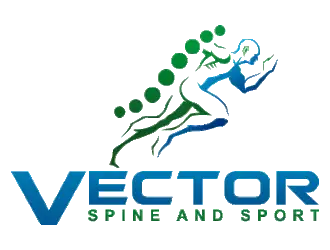Chiropractic care is often thought of as a solution for back pain, but its benefits extend far beyond the spine. This holistic approach to health care not only alleviates various forms of pain but also enhances bodily functions, improves quality of life, and supports overall wellness. Let’s explore the wide-ranging benefits of chiropractic care and why it might be the key to a healthier you.
Holistic Pain Relief
**1. Back and Neck Pain:
Chiropractic adjustments are particularly effective for treating back and neck pain. By correcting spinal alignment, these adjustments reduce strain on the spine and improve nerve function, which can alleviate pain and increase mobility.
**2. Headaches and Migraines:
Many types of headaches are linked to spinal issues and muscle tension. Chiropractic treatment can reduce the frequency and intensity of headaches by improving spinal health and relieving tension.
Improved Mobility and Functionality
Regular chiropractic care helps maintain and enhance joint mobility, making daily activities easier and reducing the risk of injury. Adjustments optimize body mechanics by ensuring the musculoskeletal system functions as efficiently as possible.
Boosted Immune System
Chiropractic adjustments can positively affect the nervous system, which is closely linked to the immune system. By optimizing nerve function, chiropractic care can help strengthen your immune response, potentially reducing your susceptibility to illnesses.
Enhanced Posture and Spinal Health
Long-term chiropractic care promotes improved posture by aligning the spine and correcting abnormalities that may have developed over years of poor posture habits. This not only improves appearance but also supports overall spinal health and functionality.
Increased Quality of Life
By reducing pain, enhancing mobility, and improving bodily functions, chiropractic care can significantly boost your quality of life. It allows patients to enjoy activities with less discomfort and greater enjoyment, contributing to both physical and mental health.
Prevention of Further Issues
Regular chiropractic visits can help prevent future health issues by maintaining spinal health, muscle balance, and overall body harmony. It is proactive care that focuses on preventing problems before they start.
Conclusion
Chiropractic care offers a natural, drug-free approach to health that can benefit everyone—from active athletes to office workers. At Vector Spine and Sport chiropractic, we are committed to helping our patients achieve and maintain optimal health through personalized chiropractic solutions. If you’re ready to experience the benefits of chiropractic care, contact us today to schedule your appointment.



